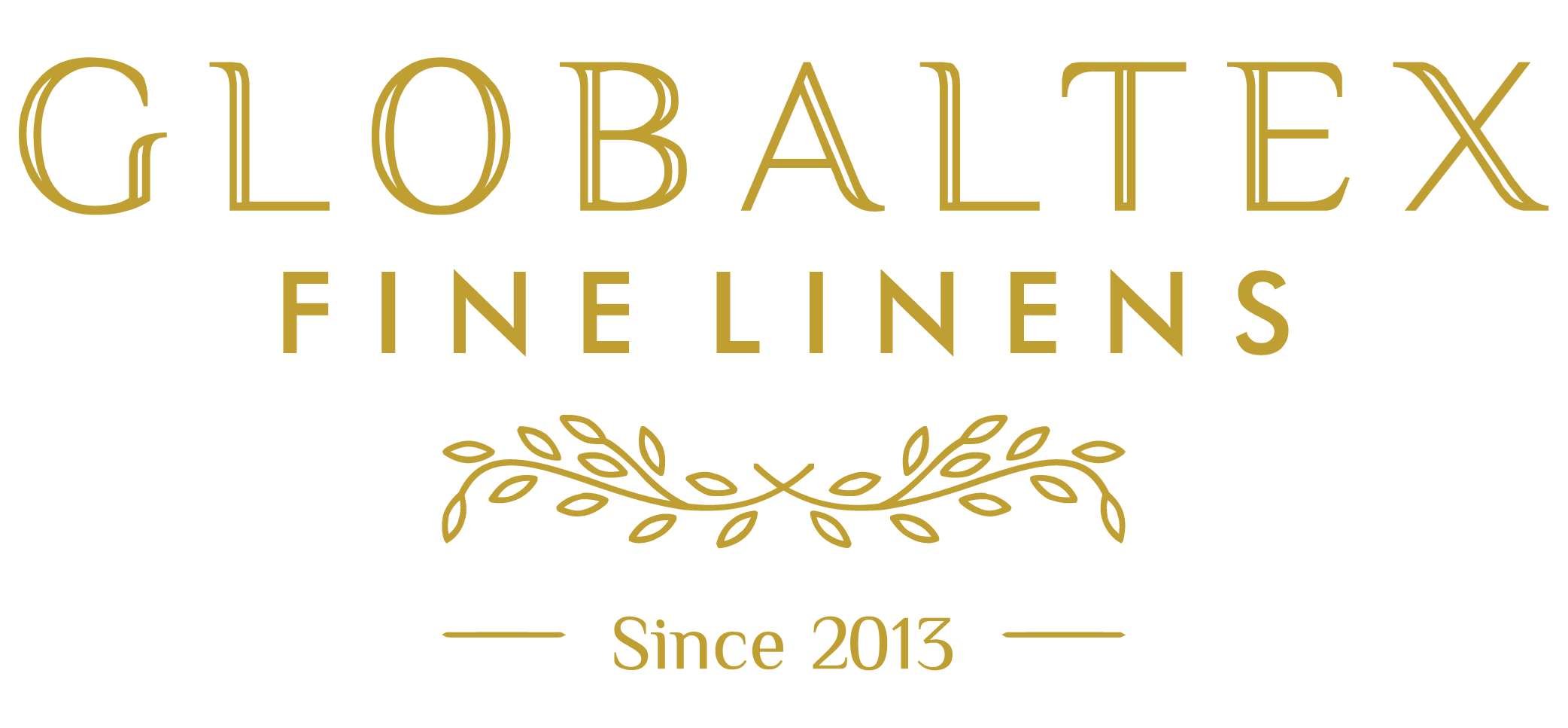Pillows are an essential part of our sleep routine, and choosing the right type of pillow filling is crucial for a good night's sleep. With so many different types of pillow fillings available in the market, it can be overwhelming to select the right one.
What Are The Different Types of Pillow Fills?
In this article, we'll explore the eleven different types of pillow fills, their pros, and cons, and help you choose the best one for you.
Down Pillow Filling
Down is a soft and fluffy material that is found under the feathers of ducks and geese. It's an excellent filling for pillows as it provides a puffy and soft feel. Down pillows are known for their superior quality and long-lasting durability.
Pros of Down Pillow Filling
- Soft and fluffy
- Provides excellent insulation
- Long-lasting durability
- Lightweight
- Breathable
Cons of Down Pillow Filling
- Expensive
- Not suitable for people with allergies
- Needs regular fluffing to maintain shape
Down Alternative Pillow Filling
Down alternative is a synthetic material that mimics the softness and fluffiness of real down. It's an excellent option for people with allergies or those who prefer a vegan option.
Pros of Down Alternative Pillow Filling
- Hypoallergenic
- Affordable
- Soft and fluffy
- Easy to maintain
Cons of Down Alternative Pillow Filling
- Less durable than real down
- Not as puffy as real down
Polyester Pillow Filling
Polyester is a synthetic material that is commonly used as a pillow filling. It's an affordable and lightweight option that provides a firm and supportive feel.
Pros of Polyester Pillow Filling
- Affordable
- Firm and supportive
- Lightweight
- Hypoallergenic
- Easy to maintain
Cons of Polyester Pillow Filling
- Less durable than other pillow fillings
- Not as comfortable as other options
Feather Pillow Filling
Feathers are another common pillow filling material that provides a firm and supportive feel. Feather pillows are a good option for people who prefer a more supportive pillow.
Pros of Feather Pillow Filling
- Firm and supportive
- Long-lasting
- Lightweight
Cons of Feather Pillow Filling
- May cause allergies
- Needs regular fluffing to maintain shape
- Can be noisy
Cotton Pillow Filling
Cotton is a natural material that is soft and breathable, making it a good option for people who prefer a cooler pillow.
Pros of Cotton Pillow Filling
- Soft and breathable
- Hypoallergenic
- Easy to maintain
Cons of Cotton Pillow Filling
- Not as supportive as other options
- May flatten over time
Memory Foam Pillow Filling
Memory foam is a synthetic material that provides excellent support and contouring. It's an excellent option for people with neck and back pain.
Pros of Memory Foam Pillow Filling
- Excellent support and contouring
- Hypoallergenic
- Long-lasting durability
- Reduces pressure points
Cons of Memory Foam Pillow Filling
- May retain heat
- Can be heavy and difficult to move
Wool Pillow Filling
Wool is a natural material that is soft, breathable, and hypoallergenic. It's an excellent option for people who prefer a cooler pillow.
Pros of Wool Pillow Filling
- Soft and breathable
- Hypoallergenic
- Provides excellent insulation
Cons of Wool Pillow Filling
- Can be expensive
- Not as supportive as other options
Kapok Pillow Filling
Kapok is a soft and lightweight fiber that comes from the seeds of the kapok tree. Kapok pillows are becoming increasingly popular because they are hypoallergenic, eco-friendly, and comfortable.
Pros of Kapok Pillow Filling
- Hypoallergenic
- Sustainable
- Eco-friendly
- It is resistant to mold and dust mites.
- Can be harvested without damaging the tree
Cons of Kapok Pillow Filling
- It is expensive.
- Those accustomed to hard pillows have a hard time using it.
Buckwheat Hull Pillow Filling
Buckwheat hulls are the outer casings of buckwheat seeds. Buckwheat hull pillows are known for their supportive and moldable properties, making them an excellent option for people with neck and shoulder pain.
Pros of Buckwheat Hull Pillow Filling
- Breathe
- It adapts to the shape of the head and neck.
- It relieves pain.
- It keeps the head and neck cool while you sleep.
Cons of Buckwheat Hull Pillow Filling
- It makes noise.
- It can be heavy.
Latex Pillow Filling
Latex pillows are made from natural or synthetic latex. Latex pillows are popular because they are hypoallergenic, durable, and supportive.
Pros of Latex Pillow Filling
- It is hypoallergenic.
- It is durable.
- It is resistant to mold and dust mites.
- Provides long-term support and comfort.
Cons of Latex Pillow Filling
- It is expensive.
- It can be heavy.
Gel Pillow Filling
Gel pillow filling is a relatively new innovation in the pillow industry. This type of filling is made of gel-infused memory foam or gel clusters. The gel is intended to keep the pillow cool and comfortable throughout the night.
Pros of Gel Pillow Filling
- It provides a cool and comfortable sleep experience.
- It traps and distributes body heat.
- It reduces shoulder pain.
- It helps to improve sleep quality.
Cons of Gel Pillow Filling
- The material may not be durable.
- It is relatively expensive.
- The gel base may sound dense or hard.
Conclusion
As with any pillow filling, it's important to consider personal preferences and needs when choosing the best option.





